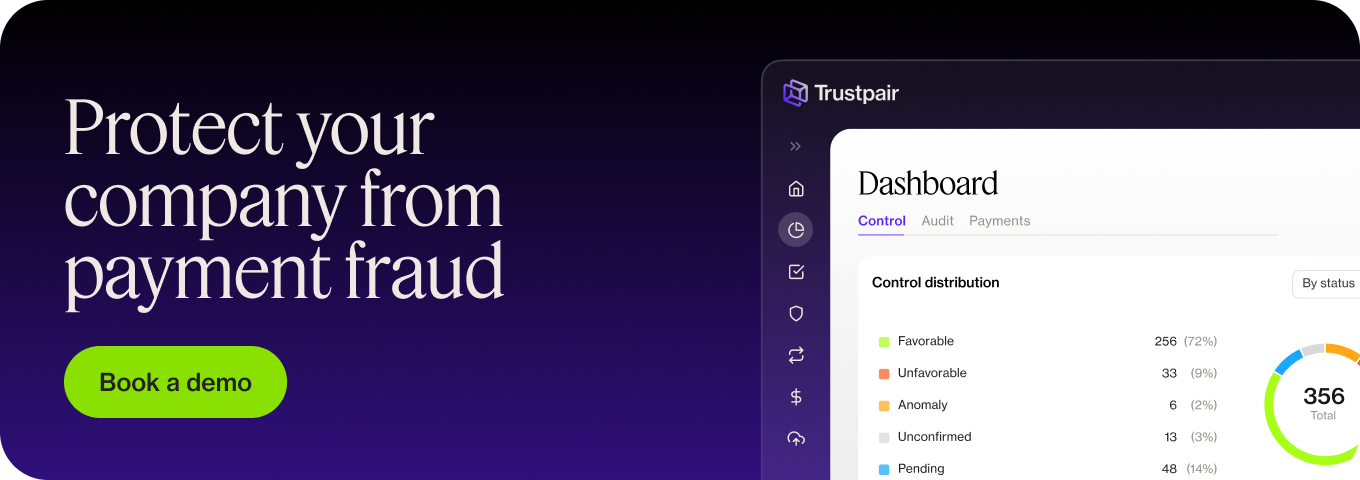Deep fake is a type of technology that takes its name from the concept of deep learning, a sophisticated type of machine learning. It “works with artificial neural networks, which are designed to imitate how humans think and learn”. There are numerous convincing deep fake videos online, and the technology has been used in movies to resurrect actors who died before filming finished.
Voice deep fakes are the audio equivalent of video deep fakes. Until recently they have been difficult to create and not particularly convincing. However, as technology evolves, innovations in voice cloning have led to an “overall reduction in how much raw data is needed to create a voice. In the past, systems needed dozens or even hundreds of hours of audio. Now, however, competent voices can be generated from just minutes of content”.
But how is this relevant to fraud risk? And why should companies be concerned?
Voice deep fakes and fraud in organisations
A Forbes report claims that in 2020 up to USD 35 million was stolen from a company when a Hong Kong bank manager was fooled by deep voice technology. As requested, he transferred money for an acquisition the company was making. Unfortunately, the accounts were fraudulent.
The only previously known case of deep fake voice technology fraud occurred in 2019, when a UK company transferred USD 243,000 to fraudsters following telephone calls requesting payments seemingly made by the person’s boss. The scammers made three calls but fortunately a second request for payment was not made. The company became suspicious partly because a telephone call showed as coming from an Austrian number, not because the voice did not seem genuine. How many other cases have gone undetected or unreported is unknown.
Another type of CEO fraud
Voice deep fake fraud is also known as vishing – or voice phishing – and as the technology becomes more sophisticated and easier to use, fraud attempts using it are likely to increase. It is a type of CEO fraud whereby scammers target top executives. The usual method is to take over email accounts and impersonate the CEO or other senior members of a company to divert funds to fraudulent accounts.
Phishing and whaling (phishing attacks that target senior executives) that aim to take over company email accounts depend on a degree of access to company computer systems. This can be difficult. Deep fake voice fraud, however, needs voice recordings of the target to create a credible imitation of a person. In the case of company executives, voice recordings are often freely and widely available on the internet. It is a problem that is unlikely to go away.
Fraud prevention techniques
As companies are at risk of fraud from internal and external sources it is vital that employees are educated on both what constitutes fraud and how they can spot it. They should be aware that measures exist to prevent internal fraud and it will not be tolerated. If they suspect colleagues of fraud, they should be able to report concerns without fear for their job or reputation. Equally, personnel should be able to understand and recognise how scams work so they can avoid becoming victims to external fraud.
Companies that do not invest in educating their employees and implementing good practices that reduce risk leave themselves open to both fraudsters and the consequences of fraud. The losses associated with fraud are not simply the amounts stolen. There is reputational risk, loss of future earnings and, of course, any fines or sanctions imposed by the courts or governing bodies to be considered.
The PwC Global Economic Crime and Fraud Survey 2020 of more than 5,000 companies found that, “companies that have a dedicated fraud programme in place generally spent less (relative to revenue) on response, remediation and fines”. They spent 42% less on response and 17% less on remediation costs.
As well as employee training, good practices such as the segregation of duties [insert relevant blog post link], regularly auditing fraud management processes and investing in the right software are all key.
Fight technology with technology
Trustpair technology can help in the fight against the constantly evolving technology that fraudsters are using. Deep fake voice scams may fool people to the point where they instruct payment, but our technology will automatically check bank details to ensure that payments are made to the correct third party. Trustpair technology also offers three additional steps for your procure-to-pay (P2P) process to make it completely secure.
We would love to demonstrate how Trustpair software can help your company in the fight against fraud, especially as it becomes more convincing, more sophisticated, and more likely to lead to devastating losses. Please contact us to request a demo and help keep your business safe.
Key Takeaways:
- Deep fake voice technology is being used by fraudsters targeting corporates
- Companies need to take steps to protect themselves from fraud risk
- Trustpair software can add an extra layer of security and peace of mind

